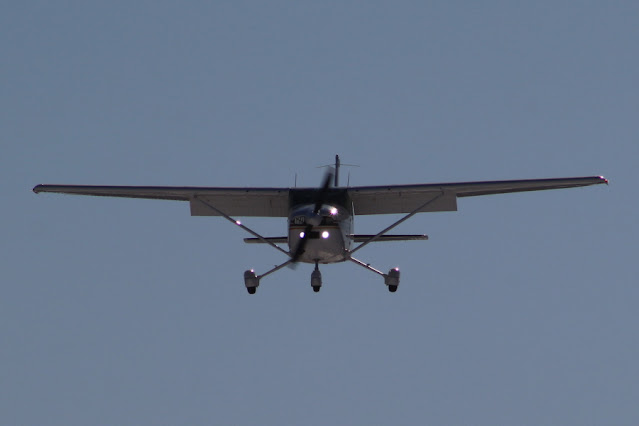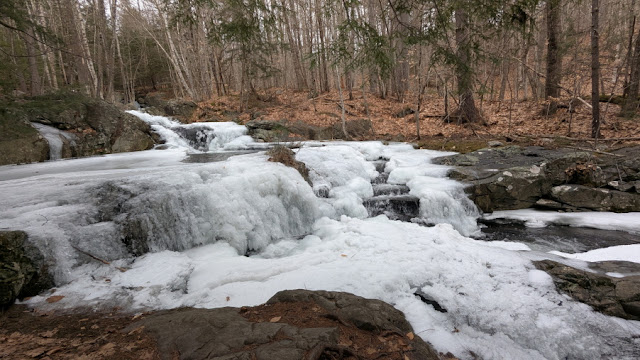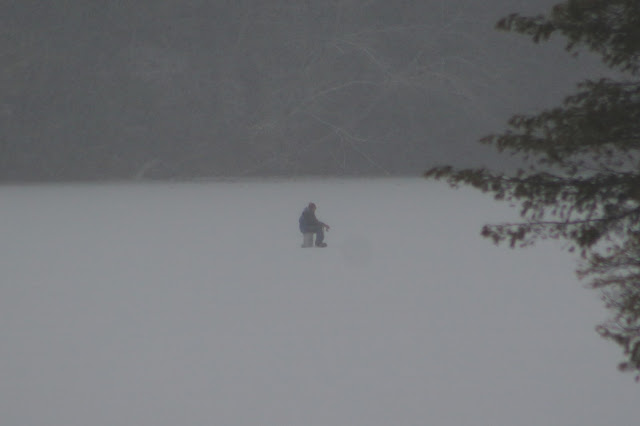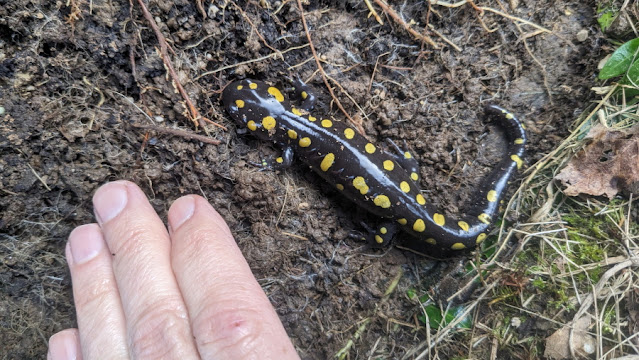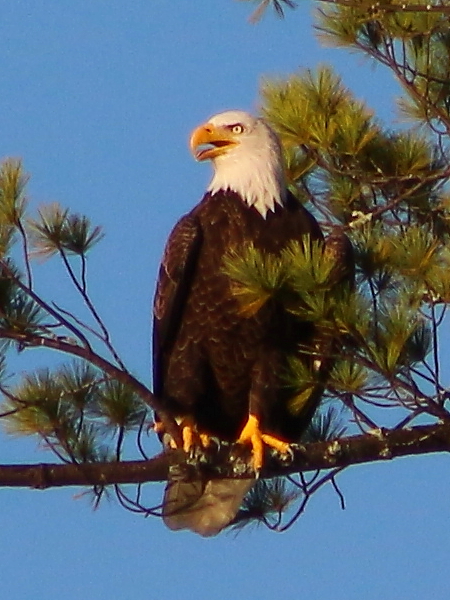While Los Angeles is burning, the rest of the country is freezing all the way down to Texas and Louisiana where New Orleans saw 10" of snow. Even central Florida saw temperatures in the 20's yesterday. In Meredith we had subzero lows for five days in a row with a low temperature of -21.5 degrees on Tuesday.
 |
| Temperature at Lake Wicwas |
The cold put a chill on some outdoor activities but we did take a couple of short excursions, including a quick and windy walk in the Thompson Wildlife Sanctuary in Sandwich. We didn't see any birds, but the mountains were beautiful.
 |
| Mt. Chocorua looms over the wetlands at the Thompson Audubon Wildlife Sanctuary |
Some animals hide out in protected areas during cold temperatures. For example, deer will stay in their dense deer yards protected from the wind and radiational cooling by thick hemlock trees. Others will spend more time in underground dens where the earth stays tens of degrees warmer than the air. But the poor birds have to go out at first light, the coldest part of the day, to start their search for the calories they burned just to keep warm over night - a small bird can lose ten percent of its body weight on a single cold night. Small rodents like mice can store food in their dens, but apparently they still head out in frigid weather as evidenced by the many tracks I've seen on my short walks.
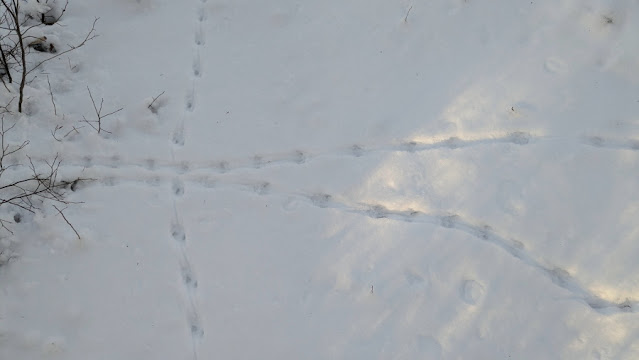 |
| Grand Central Station of the mouse world. |
Even their light tail makes a mark as it plops on the snow with each hop.
There's been a small flock of six to eight mourning doves here lately, perching in the branches of the oak trees and gleaning seeds from under the bird feeders.
 |
| A pair of mourning doves perches on a cold winter day. |
Despite the cold temperatures there are sounds of spring in the air. Almost every time I'm out on a sunny day (which has been every day) I hear the drumming of woodpeckers resonating through the forest. They are already staking out their claim on territory and calling in a mate. Both Hairy and Downy woodpeckers have long courtship periods. They start courting and nest hunting and construction in January, but won't actually lay eggs until April. But that drumming in January is always a welcome sign of longer and warmer days ahead.
 |
| Gathering its winter calories. |
The cold weather did in fact allow the Alton Bay Ice Runway to open this week and we stopped by yesterday to see if there was any action.
 |
| Stacked up like Chicago O'Hare in winter. |
Other than Alaska, this is only FAA approved ice runway in the country, so it's a big draw for pilots to check off on their bucket list. Here's a sample of some of the wide array of aircraft taking advantage of this rare opportunity.
 |
| This was a neat pusher biplane. |
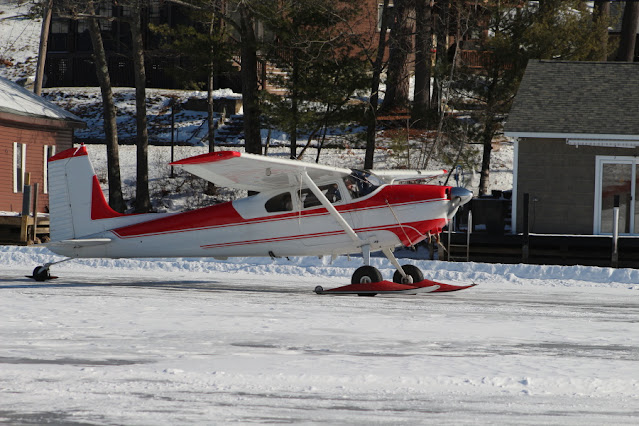 |
| Landing gear equipped for snow, ice, or tarmac. |
 |
| This one must be cold to fly. |
They even had ground control to manage all the traffic.
I'll share a couple of videos of the action too:
So the big winter ice events of 2025 have begun! Don't forget to get to Meredith Village for the Pond Hockey event this coming weekend. It will be back on Meredith Bay with all the fixings: food trucks, vendors, even a music stage! And though we are short on snow, what we have received has stayed fresh due so it's pretty and wintery even if skiing is limited and there's been no snowmobiling other than on the lakes.
But thick ice and even a little snow is good; we'll take whatever winter weather we can get - it's all better than being on fire!








